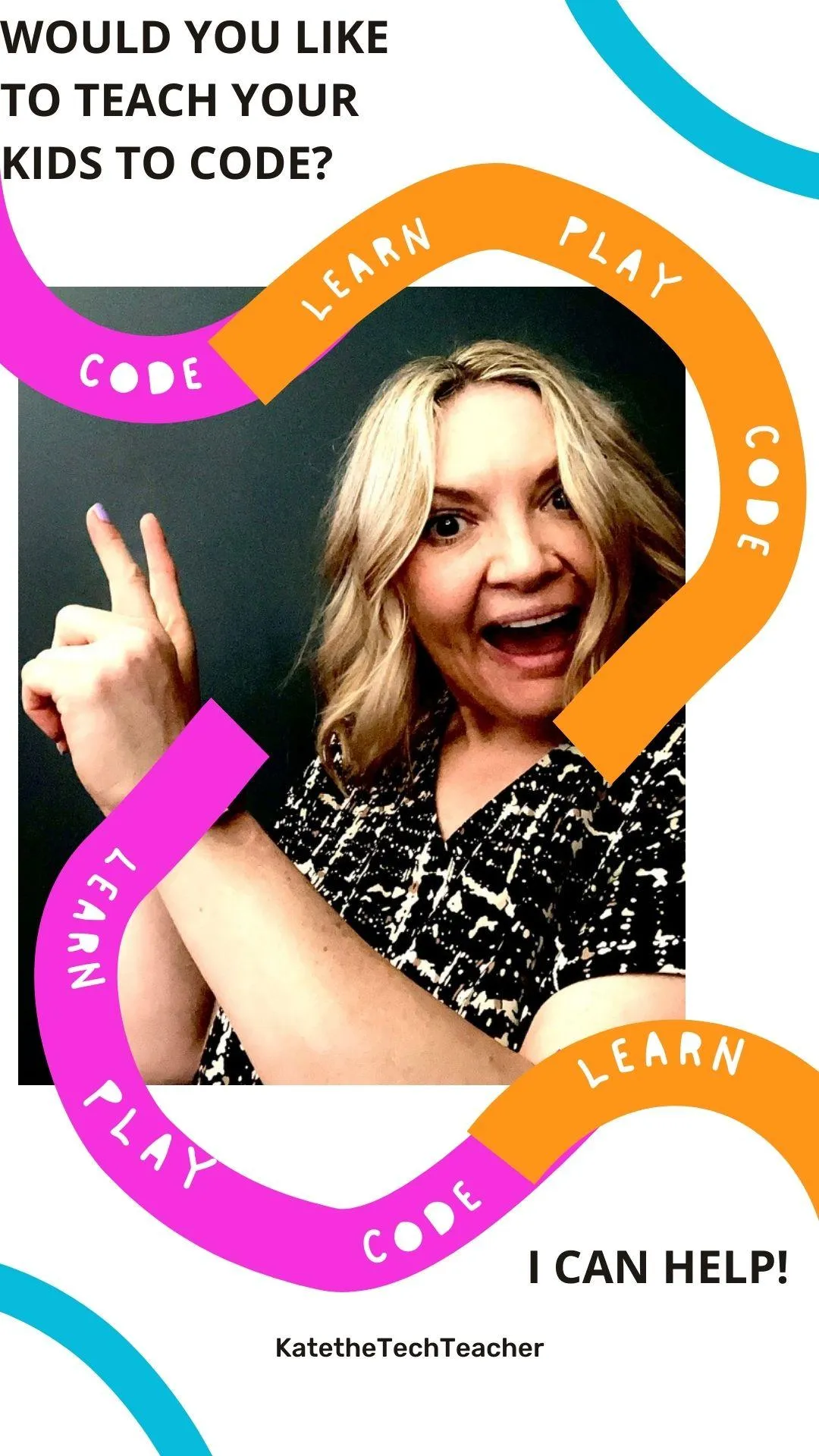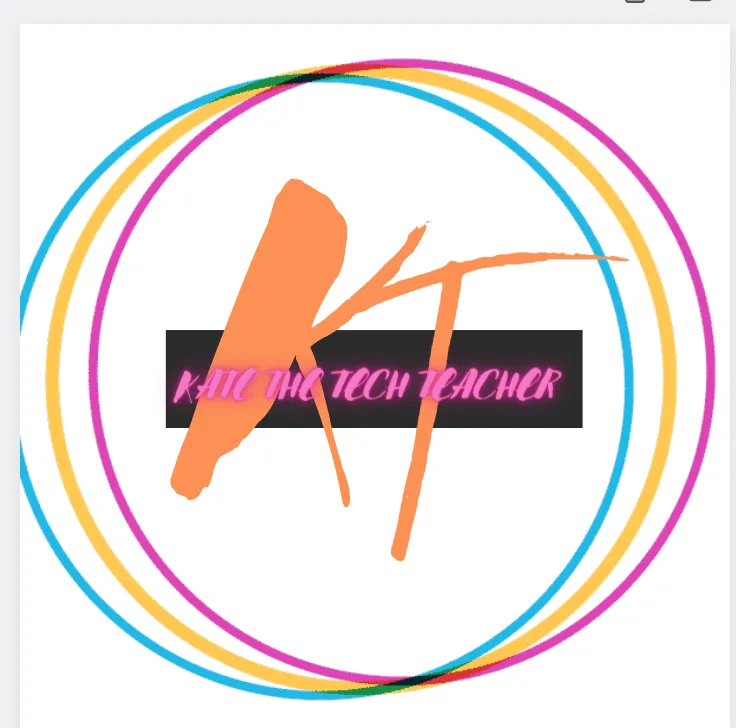Blog Posts
Unlocking the World of Coding: Empowering Elementary Teachers to Teach Coding with Confidence

Get Ready for the School Year with Our Free Lesson Plan: Algorithms Meet Expectations
"Teaching coding may seem like a challenge, but with the right guidance, any teacher can become a confident coding instructor. Our free lesson plan, Algorithms Meet Expectations, equips educators with the tools they need to empower students in the digital age." Sarah Johnson, Coding Education Specialist
Introduction:
Are you a teacher feeling overwhelmed by the prospect of teaching coding? Fear not, for we have the perfect solution to boost your confidence and make coding education a breeze. Introducing our free lesson plan, "Algorithms Meet Expectations," designed specifically for educators like you. With step-by-step instructions, engaging activities, and supportive resources, this comprehensive guide will help you navigate the world of coding with ease. Join us as we empower teachers to inspire the next generation of tech-savvy innovators. Let's unlock the potential of coding education together!

With that said, here are 6 tasks to start your school year off right👊
1. Develop Your Scope and Sequence for the School Year
Developing a scope and sequence at the beginning of the school year is crucial for effective curriculum planning and instructional success. It provides a roadmap that outlines the content, skills, and concepts to be covered throughout the year, ensuring a cohesive and well-organized learning experience for students. Download our free Coding Fundamentals Scope and Sequence
2. Familiarize Yourself with the Welcome Back Lesson Plan
Download our free lesson plan, "Algorithms Meet Expectations," and take the time to thoroughly review it. Familiarize yourself with the step-by-step instructions, engaging activities, and additional resources provided. This will help you gain a better understanding of the content and flow of the lessons.
3. Classroom Setup and Organization
Plan the layout of your classroom to maximize space, comfort, and functionality. Arrange desks, learning centers, and storage areas strategically. Create a system for organizing materials, supplies, and student work. Set up bulletin boards or displays to showcase student achievements and provide visual aids for learning.
4. Build relationships with Parents : Back to School Communications
Develop a communication plan to keep students, caregivers, and administrators informed. Outline how and when you will communicate important updates, assignments, and events. Consider utilizing online platforms, newsletters, or parent-teacher conferences to maintain strong home-school partnerships.
5. Classroom Expectations and Procedures
Establish clear and consistent classroom procedures and expectations from day one. Communicate rules, routines, and behavior expectations to students and caregivers. Teach and practice these procedures to ensure a smooth flow of daily activities and a positive learning environment.
6. Professional Development and Growth Goals
Identify areas for professional development and growth to enhance your teaching skills and stay current with educational trends. Set personal goals for the year, such as attending workshops, pursuing certifications, or joining professional networks. Allocate time and resources to support your ongoing professional development.
Other resources to help you get started with the school year
Coding Made Simple Course Will Take you From Overwhelmed to Confident While Teaching Coding
Beginning of the School Year checklist:
Here is a quick checklist to get you started with the beginning of your school year.
Set Goals: Reflect on your professional and personal goals for the school year. Write them down and keep them visible as a reminder throughout the year.
Classroom Setup: Organize and arrange your classroom space to create a welcoming and functional learning environment. Consider furniture arrangement, bulletin boards, student desks, and designated areas for supplies and materials.
Curriculum Planning: Review the curriculum guidelines and standards for your grade level or subject. Create a scope and sequence, outlining the topics and concepts you will cover throughout the year. Begin mapping out a general timeline for each unit or module.
Lesson Planning: Start planning the first few weeks of lessons, including objectives, activities, and assessments. Ensure alignment with the curriculum guidelines and consider differentiated instruction to meet diverse student needs.
Classroom Procedures: Establish clear and consistent classroom procedures for routines such as entering and exiting the classroom, transitions, turning in assignments, and using materials. Teach and practice these procedures with your students.
Parent Communication: Prepare a welcome letter or email to introduce yourself to parents/guardians. Share important information about your classroom, expectations, and communication channels. Schedule a back-to-school parent-teacher meeting if applicable.
Student Information: Collect necessary student information, such as emergency contact details, medical conditions, and any specific accommodations or IEP/504 plans. Ensure confidentiality and secure storage of this information.
Supplies and Materials: Create a list of necessary classroom supplies and materials. Check inventory, organize existing resources, and make a plan for acquiring any additional items needed.
Professional Development: Explore professional development opportunities that align with your goals and interests. Register for relevant workshops, conferences, or online courses to enhance your teaching skills and stay up-to-date with best practices.
Self-Care Planning: Take time to plan self-care activities and strategies to prioritize your well-being throughout the school year. Schedule breaks, exercise routines, hobbies, and time for relaxation and rejuvenation.
Remember, this checklist serves as a starting point. Adapt and personalize it to suit your specific needs and school requirements. By completing these essential tasks, you'll set yourself up for a successful and productive start to the school year. Here's to a fantastic year ahead!t
© KateThetechteacher.COM | ALL RIGHTS RESERVED | TERMS & CONDITIONS | SITE BY FUNNEL GORGEOUS

